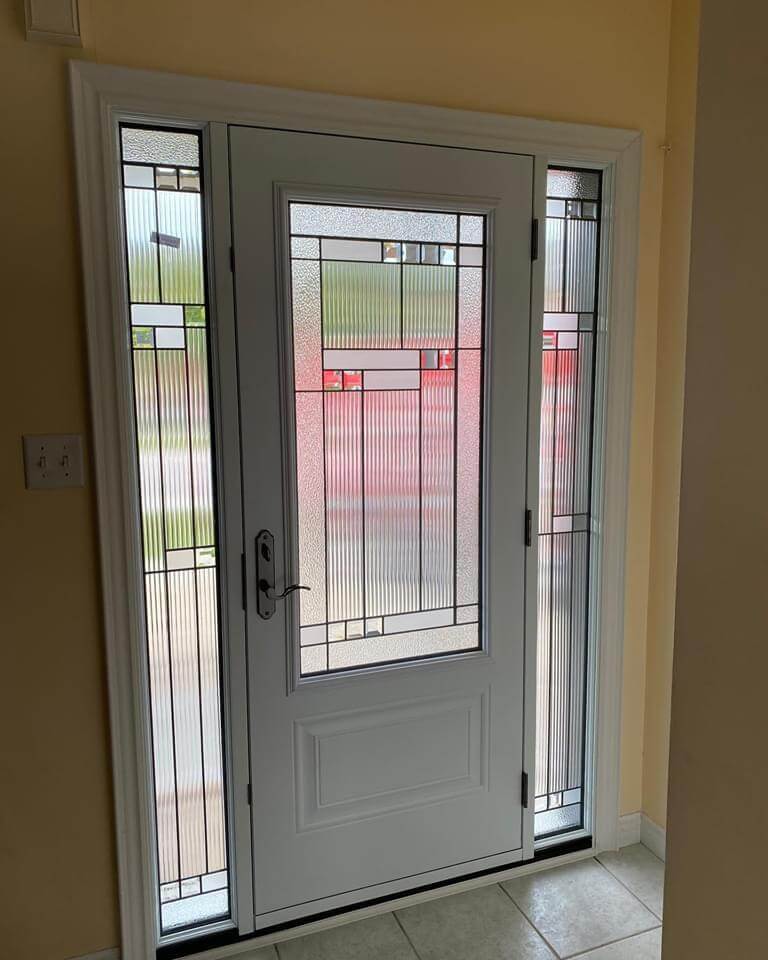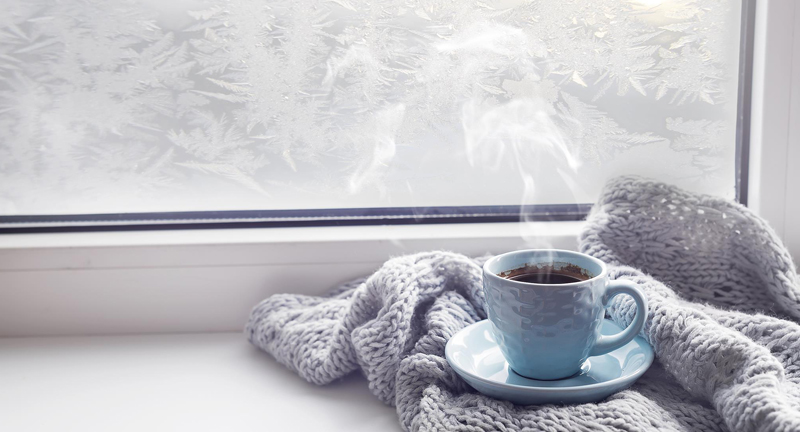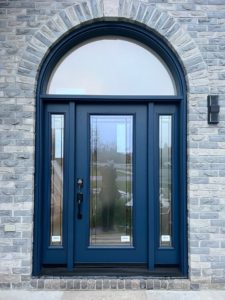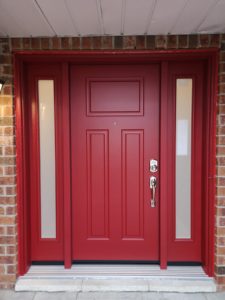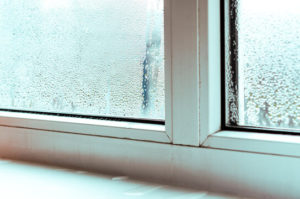Once the weather starts to warm up and the snow melts, you never know what you may find in and around your home. This is why it’s so important to inspect your home after winter. One area in particular you should inspect every year is your windows. There is no shortage of windows issues that can arise over the winter months. Identifying them and addressing them as soon as possible is the key to lower repair costs and minimize the effects on your home. In this blog we will talk about the assessing window damage caused by winter and what to look for?
How you assess your windows and what to look for will vary based on the type of windows installed. We’ve put together a list of the type of things you should be looking for when inspecting your windows this spring:
Assessing Wood Winters After Winters
In general, wood windows are more likely to experience issues after winter than newer vinyl windows. Old wood windows can take a significant amount of punishing over the winter months. Here is what to look for:
- Sticking: Water and winter weather can cause wood to swell. This makes them very difficult to open.
- Wood rot: Rotting window frames are a sign it’s time for a replacement. They also make it difficult to slide your windows open.
- Chipped paint: If you notice paint chipping away, it’s time to repaint.
- Broken/damaged weather-stripping: Caulking and weather-stripping can harden and crack or break over the winter. Make sure to replace it to maintain a tight seal around the windows.
Assessing Vinyl Windows After Winter
Vinyl windows can experience many of the issues that wood windows have during the winter. There are also some vinyl window specific issues to look for. They include:
- Moisture between glass panes: If there is condensation build up between window panes, you most likely have a failed seal. This means the window is no longer air tight and will be less efficient as an insulator.
- Excessive condensation: While some condensation is normal. If you notice a large amount of moisture build up, and even mold, there is an issue with your windows.
- Drafts: Drafts are an indication there may have been an installation issue. It can also mean there is damage to the frame or weather-stripping.
If you notice any of these issues, contact a windows professional to assess and recommend the right course of ac action.
Learn More About Window Damage Caused By Winter Weather
Check out these blog posts by our windows experts to learn more about how to manage window damage caused by winter weather:
3 Tips For Protecting Your Windows From Damaged Caused By Winter Weather
The Top 5 Ways Windows Get Damaged By Winter Weather
5 Tips For Preparing Your Home For A Winter Window Replacement Project
Schedule An In Home Estimate
Want to learn more about how to protect your windows? Call us at 1-888-880-6827 for a free in-home estimate today! We are happy to provide you with window maintenance tips to get the most out of your windows.


